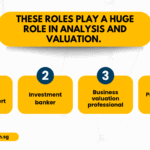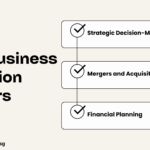Net Tangible Asset (NTA) is the sum of all assets minus all liabilities. A company balance sheet’s total assets include physical and intangible assets. Intangible assets include goodwill, trademarks, and copyrights. A company’s total liabilities may be discovered on its balance sheet, including current and long-term obligations.
Net Tangible Asset Value: In the balance sheet of most companies or businesses, the business’s net assets are presented. However, the value of the company’s net assets stated there is not the business value representative.
The cost basis of accounting is what most companies use to prepare their balance sheet. That is, where the information regarding the assets and liabilities of a company are recorded at their historical acquisition and purchase as against the market commanding value of the assets in a sale as when stated. An asset approach is used to find the value of net tangible assets.






